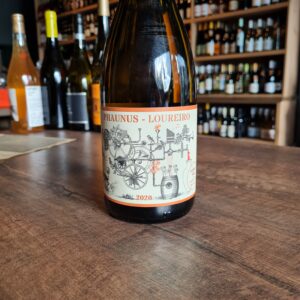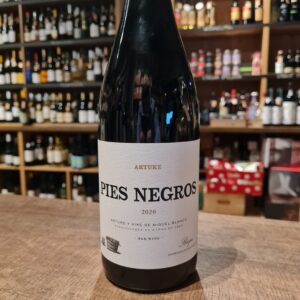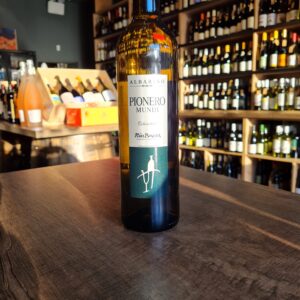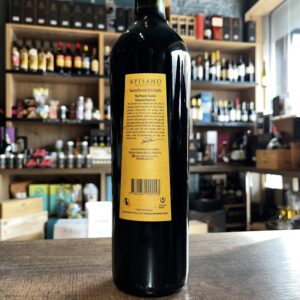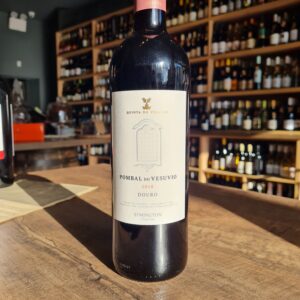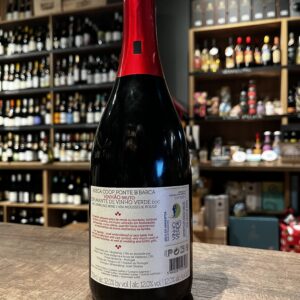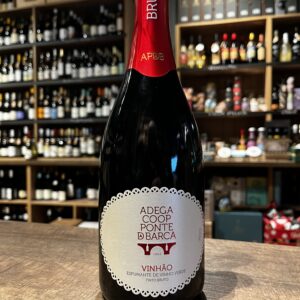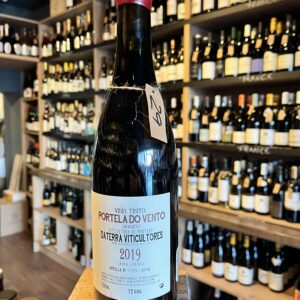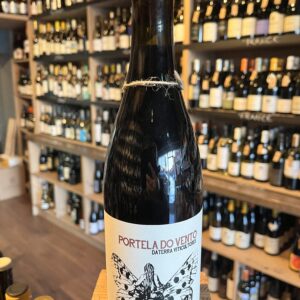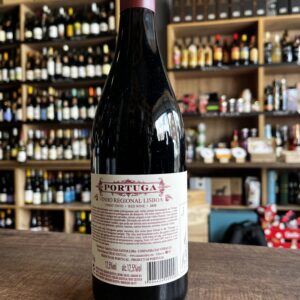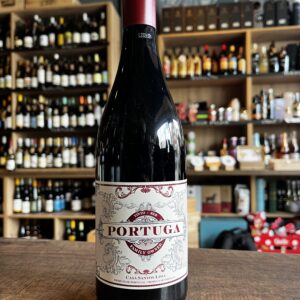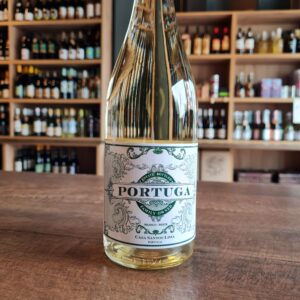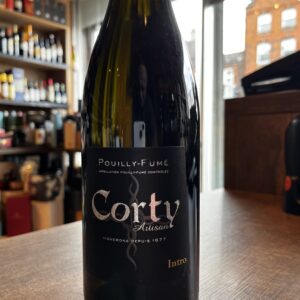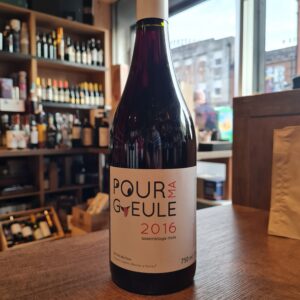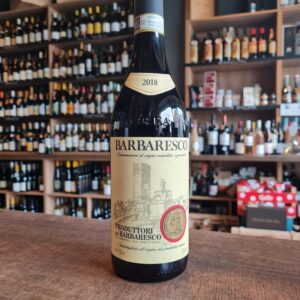-
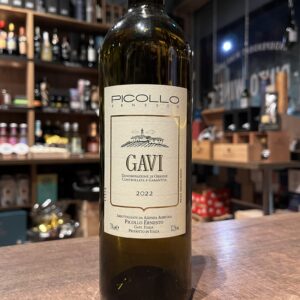 Picollo Gavi Ernesto is perched among the rolling hills that surround the town of Gavi. The climate here is much more mediterranean than in the north, benefiting from the constant maritime breezes, unique to the southern Piedmont. Picollo Ernesto’s vineyards sit near 260 meters above sea level in Rovereto di Gavi, one of the most prestigious area of the appellation. Our 16 hectares of vineyards are planted exclusively with Cortese, a hearty, high acid white varietal, perfectly suited for this area in northern Italy. Cortese thrives in difficult soil, dry climate, and full sun exposure, which Rovereto amply provides. Picollo’s vineyards are predominantly south-facing and the soils have a higher concentration of clay than marl, which allows for year-round water conservation, even in the peak of summer. Lorenzo Picollo founded the winery in 1945. The winemaking and day-to-day management was transferred to his son, Ernesto, and is now in the hands of his grandson, Gianlorenzo. Innovating along the way, Gianlorenzo continues to carry the family’s legacy forward with great success. Their lands are predominantly in the Rovereto zone, the historic Le Rive vineyards are over sixty years old instead their newest purchase of two hectares lies within the zone of Tassarolo. The grapes for all of Picollo’s wines are hand harvested. The winery itself has recently been modernized but the processes remain traditional, with sparing intervention in the winemaking and no artificial pesticides or herbicides used in the vineyards. With the intent of showcasing the Cortese in its purest form. All Gavi’s are fermented and aged exclusively in stainless steel. It is perfect with haute cuisine, ideal for fish dishes and aperitif
Picollo Gavi Ernesto is perched among the rolling hills that surround the town of Gavi. The climate here is much more mediterranean than in the north, benefiting from the constant maritime breezes, unique to the southern Piedmont. Picollo Ernesto’s vineyards sit near 260 meters above sea level in Rovereto di Gavi, one of the most prestigious area of the appellation. Our 16 hectares of vineyards are planted exclusively with Cortese, a hearty, high acid white varietal, perfectly suited for this area in northern Italy. Cortese thrives in difficult soil, dry climate, and full sun exposure, which Rovereto amply provides. Picollo’s vineyards are predominantly south-facing and the soils have a higher concentration of clay than marl, which allows for year-round water conservation, even in the peak of summer. Lorenzo Picollo founded the winery in 1945. The winemaking and day-to-day management was transferred to his son, Ernesto, and is now in the hands of his grandson, Gianlorenzo. Innovating along the way, Gianlorenzo continues to carry the family’s legacy forward with great success. Their lands are predominantly in the Rovereto zone, the historic Le Rive vineyards are over sixty years old instead their newest purchase of two hectares lies within the zone of Tassarolo. The grapes for all of Picollo’s wines are hand harvested. The winery itself has recently been modernized but the processes remain traditional, with sparing intervention in the winemaking and no artificial pesticides or herbicides used in the vineyards. With the intent of showcasing the Cortese in its purest form. All Gavi’s are fermented and aged exclusively in stainless steel. It is perfect with haute cuisine, ideal for fish dishes and aperitif -
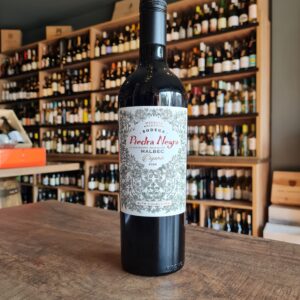 François Lurton vineyards are situated in the highlands (1,100 m) and semi-desert (poor alluvial gravels reminiscent of those of Pessac-Léognan), in the plains at the foot of the mountain range of the Andes: the Uco Valley. Thanks to his experience, acquired all over the world, he practices an environmentally friendly viticulture and produces extraordinary wines here that have a unique personality that combines freshness and concentration. Thanks to the climatic conditions of this high altitude desert and very draining and not very fertile alluvial gravel soils, the wines of the Uco Valley, and especially those of Los Chacayes, are quite unique and François Lurton vision was a success. This Malbec has a an outstanding quality/price ratio and it is definitely a contender not only for those summer barbecues but also for those cold winter nights. Pair it with Carpaccio, Paella, Iberian ham, red pepper stuffed with cheese and Hummus.
François Lurton vineyards are situated in the highlands (1,100 m) and semi-desert (poor alluvial gravels reminiscent of those of Pessac-Léognan), in the plains at the foot of the mountain range of the Andes: the Uco Valley. Thanks to his experience, acquired all over the world, he practices an environmentally friendly viticulture and produces extraordinary wines here that have a unique personality that combines freshness and concentration. Thanks to the climatic conditions of this high altitude desert and very draining and not very fertile alluvial gravel soils, the wines of the Uco Valley, and especially those of Los Chacayes, are quite unique and François Lurton vision was a success. This Malbec has a an outstanding quality/price ratio and it is definitely a contender not only for those summer barbecues but also for those cold winter nights. Pair it with Carpaccio, Paella, Iberian ham, red pepper stuffed with cheese and Hummus. -
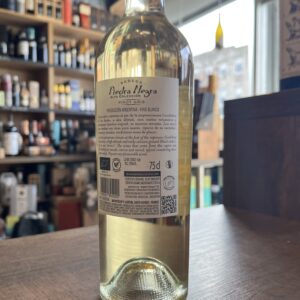
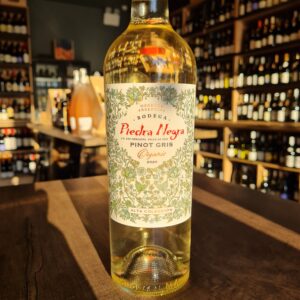 The Alta Colleción Pinot Gris from Bodega Piedra Negra can be considered an excellent ambassador of the unique Lurton wine style. A clear fruit, seductive grace and an unmistakable personality characterise this pure Pinot Gris.This wine fills the glass with a bright straw yellow with greenish reflections. The fragrant bouquet unfolds fresh fruity, aromatic notes of white peach and pear. The fresh, juicy taste brings lots of fruit and a lively acidity. Despite everything, this Argentine white wine is soft, full-bodied and wonderfully balanced, making it a racy and charming seducer. In the finish, the beautiful aroma lasts for a long time. This dry white wine from Argentina goes excellently with pasta with fish and seafood, monkfish with provencal herbs and spices or roasted pork.
The Alta Colleción Pinot Gris from Bodega Piedra Negra can be considered an excellent ambassador of the unique Lurton wine style. A clear fruit, seductive grace and an unmistakable personality characterise this pure Pinot Gris.This wine fills the glass with a bright straw yellow with greenish reflections. The fragrant bouquet unfolds fresh fruity, aromatic notes of white peach and pear. The fresh, juicy taste brings lots of fruit and a lively acidity. Despite everything, this Argentine white wine is soft, full-bodied and wonderfully balanced, making it a racy and charming seducer. In the finish, the beautiful aroma lasts for a long time. This dry white wine from Argentina goes excellently with pasta with fish and seafood, monkfish with provencal herbs and spices or roasted pork. -
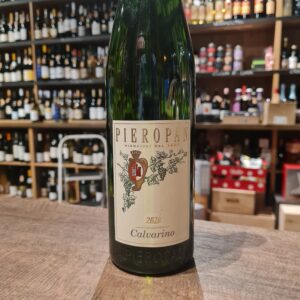 The history of this brand dates back to 1880, when this business was established in the Soave village in the reputed zone of Palazzo Pullici in Italy. Leonildo Pieropan, a physician from Soave, was well-aware of the potential of the soils in this region, because of his previous work experience in the family vineyards. He, along with his sons, Fausto and Gustavo, started working in the cellars in the 1950s and 60s to churn out impeccable quality, Italian wines that spoke a lot about the quality of their terroirs. Today, this business is run by the fifth generation of the Pieropan family, with the same dedication and winemaking philosophy. The Pieropan family believes in traditional winemaking principles. These are reflected in the way they maintain their vineyards. The local territory of these vineyards is given utmost importance and minimalistic intervention technique is followed in addition to organic viticultural practices. The three vineyards from where grapes are sourced for Pieropan wines are Calvarino, La Rocca and Garzon. Calvarino vineyard is the oldest of the three as it has been with the family since 1901. It is located right in the heart of the Soave area and is blessed with amazingly rich and fertile volcanic soils. It makes an excellent aperitif and partners a wide range of dishes, especially vegetable quiches, delicately-flavoured fish, shellfish and cheese soufflés
The history of this brand dates back to 1880, when this business was established in the Soave village in the reputed zone of Palazzo Pullici in Italy. Leonildo Pieropan, a physician from Soave, was well-aware of the potential of the soils in this region, because of his previous work experience in the family vineyards. He, along with his sons, Fausto and Gustavo, started working in the cellars in the 1950s and 60s to churn out impeccable quality, Italian wines that spoke a lot about the quality of their terroirs. Today, this business is run by the fifth generation of the Pieropan family, with the same dedication and winemaking philosophy. The Pieropan family believes in traditional winemaking principles. These are reflected in the way they maintain their vineyards. The local territory of these vineyards is given utmost importance and minimalistic intervention technique is followed in addition to organic viticultural practices. The three vineyards from where grapes are sourced for Pieropan wines are Calvarino, La Rocca and Garzon. Calvarino vineyard is the oldest of the three as it has been with the family since 1901. It is located right in the heart of the Soave area and is blessed with amazingly rich and fertile volcanic soils. It makes an excellent aperitif and partners a wide range of dishes, especially vegetable quiches, delicately-flavoured fish, shellfish and cheese soufflés -
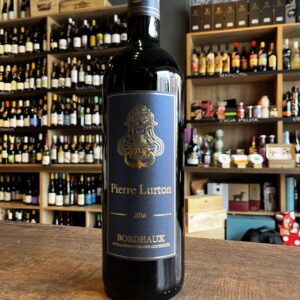 Bordeaux Pierre Lurton is a wine produced by Pierre Lurton in his namesake wine cellars. He draws directly from his knowledge acquired in the most prestigious properties of Bordeaux. Thus, this wine is rigorously selected by Pierre Lurton.The colour of the label also reflects the classic colour of the mansions of Gironde´s capital.
Bordeaux Pierre Lurton is a wine produced by Pierre Lurton in his namesake wine cellars. He draws directly from his knowledge acquired in the most prestigious properties of Bordeaux. Thus, this wine is rigorously selected by Pierre Lurton.The colour of the label also reflects the classic colour of the mansions of Gironde´s capital. -
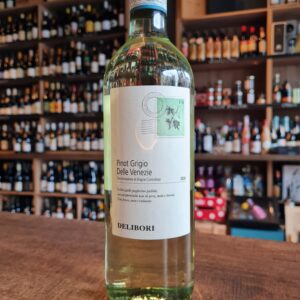 The Delibori Pinot Grigio delle Venezie impresses with its elegantly dry taste. It was bottled with exceptionally low residual sugar. This is a true quality wine, which clearly stands out from simpler qualities and so this Italian naturally enchants with the finest balance despite all dryness. Excellent taste does not necessarily require a lot of sugar. Light-footed and multi-layered, this light white wine presents itself on the palate. The final of this youthful white wine from the wine-growing region of Veneto, more precisely from Delle Venezie DOC, finally convinces with good reverberation. Best enjoyed moderately chilled at 11 - 13°C. It is perfect as an accompaniment to pumpkin casserole, vegetable stew with pesto or leek tortilla.
The Delibori Pinot Grigio delle Venezie impresses with its elegantly dry taste. It was bottled with exceptionally low residual sugar. This is a true quality wine, which clearly stands out from simpler qualities and so this Italian naturally enchants with the finest balance despite all dryness. Excellent taste does not necessarily require a lot of sugar. Light-footed and multi-layered, this light white wine presents itself on the palate. The final of this youthful white wine from the wine-growing region of Veneto, more precisely from Delle Venezie DOC, finally convinces with good reverberation. Best enjoyed moderately chilled at 11 - 13°C. It is perfect as an accompaniment to pumpkin casserole, vegetable stew with pesto or leek tortilla. -
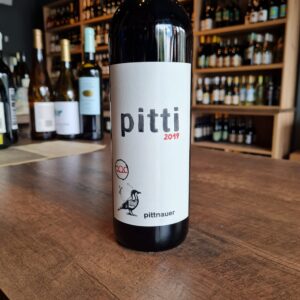 High on the hills of Austria there is more than just a lonely goat herd - there is also a fantastic winery, considered one of the country's best. Pittnauer has a long winemaking tradition in the region, and in 2006 moved to more biodynamic practices. The results are delicious, environmentally friendly wines with years of experience behind them. Now prepare yourself for some varieties you've probably never heard of - Pittnauer's Pitti Red Blend is made from blaufränkisch and Zweigelt grapes with a small quantity of Merlot added to the mixture. These varieties shine brightest in the Austrian climate, where they come together to make a stunningly delicious, full bodied wine reminiscent of spicy Shiraz. The ‘Pitti’ is a blend coming from vines that average 12-15 years in age and are planted on sandy clay mixed with limestone. Dark ruby in colour, the wine has tight tannins with black berries, cherries, cranberries and fresh acidic structure. Whispers of tobacco and liquorice. Ticks all the boxes of quality, drinkability and affordability and yumability.
High on the hills of Austria there is more than just a lonely goat herd - there is also a fantastic winery, considered one of the country's best. Pittnauer has a long winemaking tradition in the region, and in 2006 moved to more biodynamic practices. The results are delicious, environmentally friendly wines with years of experience behind them. Now prepare yourself for some varieties you've probably never heard of - Pittnauer's Pitti Red Blend is made from blaufränkisch and Zweigelt grapes with a small quantity of Merlot added to the mixture. These varieties shine brightest in the Austrian climate, where they come together to make a stunningly delicious, full bodied wine reminiscent of spicy Shiraz. The ‘Pitti’ is a blend coming from vines that average 12-15 years in age and are planted on sandy clay mixed with limestone. Dark ruby in colour, the wine has tight tannins with black berries, cherries, cranberries and fresh acidic structure. Whispers of tobacco and liquorice. Ticks all the boxes of quality, drinkability and affordability and yumability. -
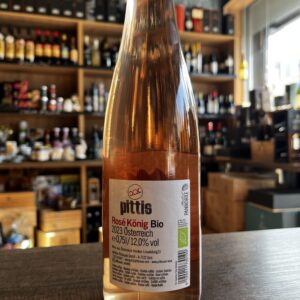
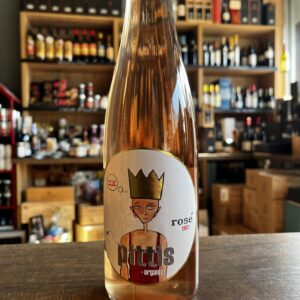 There is a simple and honest feeling in the wine and spirit of Gerhard Pittnauer which hails from his generosity and humility. Given the reins of his vineyard in the mid-1980’s after the unexpected death of his father, Gerhard, then 18 years old, had to train himself to make wine in the midst of scandal and chaos in the Austrian wine market. He chose to become a student of the broader wine world, and, in realizing the exceptionality of the land he farmed and of the indigenous grapes of the region, allowed himself to experiment with some missteps until he found his thesis. He set forth to ‘grow’ wine rather than to ‘make’ it in the cellar, from the autochtone varietals. He did so without any viticultural doctrine until he found that there was a consistent, common thread in the wines he loved to drink from France and elsewhere. If, he thought, these wines were amazing because of biodynamics, then he must do the same to achieve the pinnacle in his own wine. So he tends 15 hectares, half of which he owns and half of which he rents, alongside his wife Brigitte to create what they call living wines. All work is done manually from composting to pruning. There is no calendar that drives them. Nothing is rushed: they believe in quality over speed. They taste for perfect ripeness, select the cleanest grapes, and begin the wine in the cellar in response to the conditions of the vintage. They do incorporate a bit of modern technology: a pneumatic press, temperature-controlled steel tanks and pumps, all to ensure the purity and freshness of the fruit remains. They are making wines that excite them with the unique voice of the varietal and the deep limestone soils of the terroir speaking clearly. Gerhard and Brigitte are aware of the evolution of their tastes as well as the vineyard’s. They are students presenting the current findings. Not with proud declaration, but with excited experimental energy to get the best of what they have. So far, it is delicious research.
There is a simple and honest feeling in the wine and spirit of Gerhard Pittnauer which hails from his generosity and humility. Given the reins of his vineyard in the mid-1980’s after the unexpected death of his father, Gerhard, then 18 years old, had to train himself to make wine in the midst of scandal and chaos in the Austrian wine market. He chose to become a student of the broader wine world, and, in realizing the exceptionality of the land he farmed and of the indigenous grapes of the region, allowed himself to experiment with some missteps until he found his thesis. He set forth to ‘grow’ wine rather than to ‘make’ it in the cellar, from the autochtone varietals. He did so without any viticultural doctrine until he found that there was a consistent, common thread in the wines he loved to drink from France and elsewhere. If, he thought, these wines were amazing because of biodynamics, then he must do the same to achieve the pinnacle in his own wine. So he tends 15 hectares, half of which he owns and half of which he rents, alongside his wife Brigitte to create what they call living wines. All work is done manually from composting to pruning. There is no calendar that drives them. Nothing is rushed: they believe in quality over speed. They taste for perfect ripeness, select the cleanest grapes, and begin the wine in the cellar in response to the conditions of the vintage. They do incorporate a bit of modern technology: a pneumatic press, temperature-controlled steel tanks and pumps, all to ensure the purity and freshness of the fruit remains. They are making wines that excite them with the unique voice of the varietal and the deep limestone soils of the terroir speaking clearly. Gerhard and Brigitte are aware of the evolution of their tastes as well as the vineyard’s. They are students presenting the current findings. Not with proud declaration, but with excited experimental energy to get the best of what they have. So far, it is delicious research. -
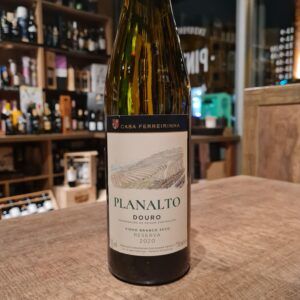 Planalto is one of the biggest references of white wine in the Douro Demarcated Region, fruit of the in-depth studies carried out over the years, the careful choice of the grape varieties that compose it and the use of the best winemaking technology in its production. This white blend comes from high-altitude vineyards above the river Douro. The soil in the Douro Valley is schistous; a slate-like metamorphic rock that fractures vertically - allowing vine roots to dig deep to access water and nutrients to sustain them through the hot Douro summers. The poor quality of the soil forces the grapes to produce low yields of grapes with a great concentration of flavour. The grapes were harvested by hand and were selected for their balance between flavour intensity and freshness. Ideal to accompany fish, seafood and white meat dishes.
Planalto is one of the biggest references of white wine in the Douro Demarcated Region, fruit of the in-depth studies carried out over the years, the careful choice of the grape varieties that compose it and the use of the best winemaking technology in its production. This white blend comes from high-altitude vineyards above the river Douro. The soil in the Douro Valley is schistous; a slate-like metamorphic rock that fractures vertically - allowing vine roots to dig deep to access water and nutrients to sustain them through the hot Douro summers. The poor quality of the soil forces the grapes to produce low yields of grapes with a great concentration of flavour. The grapes were harvested by hand and were selected for their balance between flavour intensity and freshness. Ideal to accompany fish, seafood and white meat dishes. -
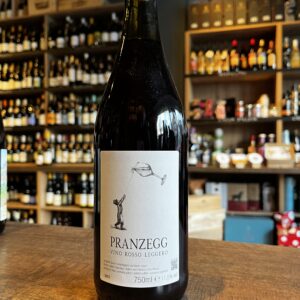 This is the kind of wine that all you need to do is to keep pouring! Delicious, joyuful, crunchy and always buy 2 as the first one will disappear. A playful and lively red that shows itself for what it is in every way: lots of fruit and some spice, a straight, agile and juicy mouthfeel, finesse, tension and elegance.
This is the kind of wine that all you need to do is to keep pouring! Delicious, joyuful, crunchy and always buy 2 as the first one will disappear. A playful and lively red that shows itself for what it is in every way: lots of fruit and some spice, a straight, agile and juicy mouthfeel, finesse, tension and elegance. -
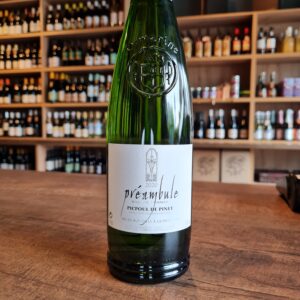 Picpoul de Pinet is a vivid illustration of just how dramatically white wine from the south of France has improved over recent years. Quite simply, the grape variety is Picpoul, or Piquepoul, which is grown around the village of Pinet, and other nearby villages, Florensac, Pomerols. Castelnau de Guers, Mèze and Montagnac. The vineyards form a surprising oasis of white wine in a sea of red wine. The terroir, or soil, explains the reason for this unexpected oasis of white wine. Quite simply the soil is too generous for red wine. It is mainly limestone, which suits white wine, with some clay, sand and appropriately a scattering of fossilised oyster shells. The climate is very much influenced by the sea, with a cooling effect during the nights of the hot summer months, and the vines benefit from maritime breezes. In somes cases it is fair to compare it to Muscadet. Neither packs a punch of flavour, but they provide brilliant accompaniments to the local seafood, and when finely crafted, have deliciously subtle flavours. The cooperative at Pinet, with its brand name L’Ormarine, and striking logo conveying the blue sea, green vines and yellow sun, are amongst the pacesetters of the appellation.
Picpoul de Pinet is a vivid illustration of just how dramatically white wine from the south of France has improved over recent years. Quite simply, the grape variety is Picpoul, or Piquepoul, which is grown around the village of Pinet, and other nearby villages, Florensac, Pomerols. Castelnau de Guers, Mèze and Montagnac. The vineyards form a surprising oasis of white wine in a sea of red wine. The terroir, or soil, explains the reason for this unexpected oasis of white wine. Quite simply the soil is too generous for red wine. It is mainly limestone, which suits white wine, with some clay, sand and appropriately a scattering of fossilised oyster shells. The climate is very much influenced by the sea, with a cooling effect during the nights of the hot summer months, and the vines benefit from maritime breezes. In somes cases it is fair to compare it to Muscadet. Neither packs a punch of flavour, but they provide brilliant accompaniments to the local seafood, and when finely crafted, have deliciously subtle flavours. The cooperative at Pinet, with its brand name L’Ormarine, and striking logo conveying the blue sea, green vines and yellow sun, are amongst the pacesetters of the appellation. -
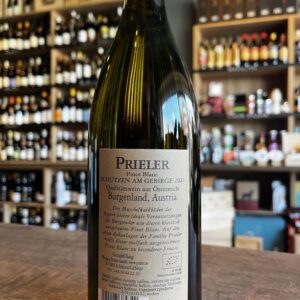
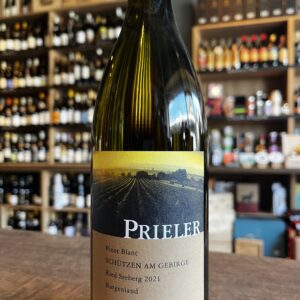 Old vines are the fortune of every vintner. They root deeply and lend their intrinsic potential a persistent voice. Pinot Blanc, also locally called Weissburgunder, has a long tradition in our region. My grandfather planted most of our vines in the limestone of the Seeberg site 60 years ago. A few were even planted by my grandfather over 90 years ago. It is my duty today to continue to tell the story that the two of them began.
Old vines are the fortune of every vintner. They root deeply and lend their intrinsic potential a persistent voice. Pinot Blanc, also locally called Weissburgunder, has a long tradition in our region. My grandfather planted most of our vines in the limestone of the Seeberg site 60 years ago. A few were even planted by my grandfather over 90 years ago. It is my duty today to continue to tell the story that the two of them began.


